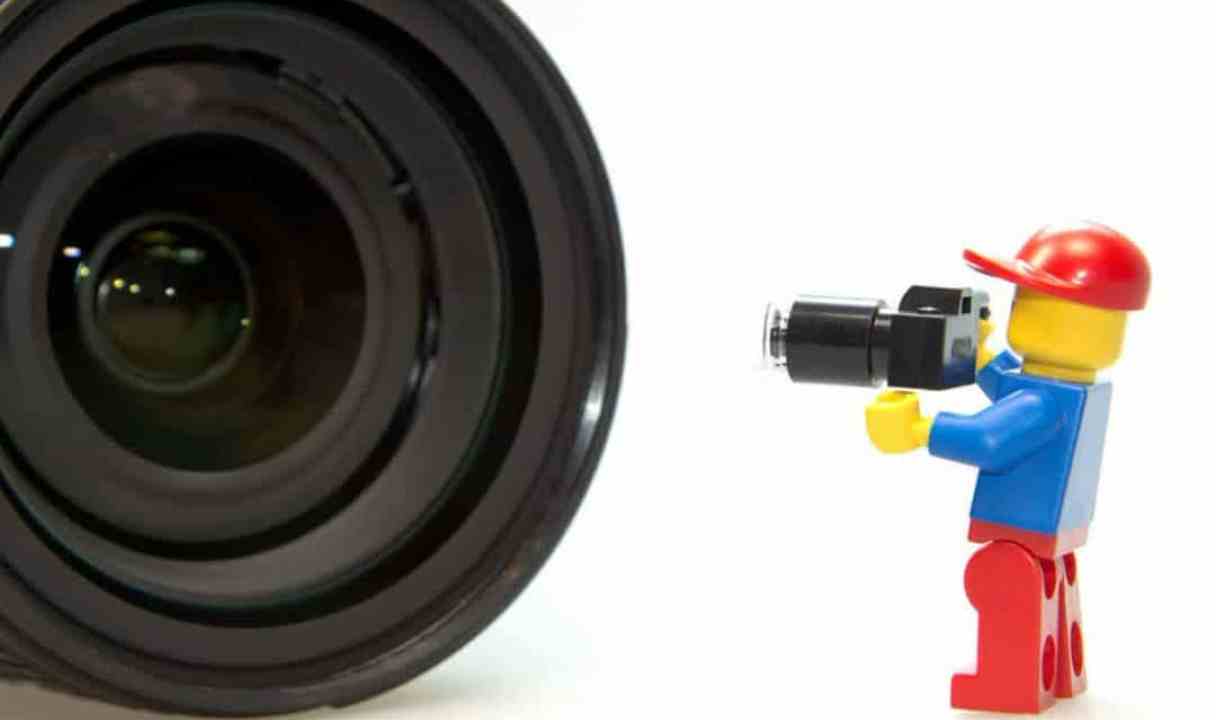
THE VISUAL MACRO TEAM: DOORWAY 9
Doorway 9 in our 10-Doorway visual workplace model is a means of building your improvement infrastructure for the site and your avenue for creating visual linkages that connect up the organization you have been converting, target area by target area. From both these viewpoints, the visual macro team is indispensable for your bottom-line growth. It’s where the money is. A team of this function is often overlooked. There are three reasons for this.
- Few companies understand visuality as an enterprise wide competency; they tend, instead, to keep it area-based or value stream based. But that’s not wide enough. Some group of people needs to keep its eye on spreading and imbedding visuality as a language across the site map. Eventually this purpose travels down the supply chain and across the customer base.
- Companies tend not to differentiate between administrative and technical functions—those of say, the visual workplace coordinator, and his/her lead team. Change the names as you wish, but the function remains the same: plan, schedule, and provide logistical support to the visual roll out. This is hefty work if your organization is just starting the improvement journey and has yet to formulate its behind-the-scenes infrastructure related, for example, to operator-led visuality/work that makes sense (see previous issues). Meeting with maintenance, for example, to sort out a system for special operator-triggered improvement ideas, putting a system of bulletin/notice board up for improvement related items (laminated map, training and blitz schedule, etc.) setting up visual supply carts in each area—but also, working with supervisors to help them find time for improvement. The coordinator and her team focus on this: administrative support tasks.
- The lead team envisions and engineers the larger operational environment, using visual workplace principles and practices to raise the level of operational functionality. If lean is active in the facility, then forging the integration and alliance between the two mighty operational improvement partners: visual and lean.
For these reasons and more, we separate out that macro-environment perspective into its own team. Some companies combine the two teams: coordinating/lead team and the macro visual team—but they do so carefully. One key to this combined success is, in fact, to keep the two functions separated in terms of meeting schedule. “Let’s meet from 9:00-9:30 to tidy up some scheduling issues, then take the next 45 minutes to finalize those visual links between the dock and Cell 2086B. Something that has been wrong for a very long time, is about to get right. I’m excited. See you at 9:00. I’ll bring the paper.”
As a visual workplace initiative gathers speed, management will find itself faced with many micro-decisions that, summed up, have a large impact on the macro environment. It is important to form a special team to attend to them. That is precisely the purpose of the Macro-Visual Team. This special team opens the ninth doorway, the one that leads to connecting, standardizing, and instituting such macro-visual mechanisms as:
- A coordinated color-coding system across multiple sites
- A network of visually integrated pull systems
- An array of visual links between all functions and across all sites
- An evolving framework of Visual Best Practices at each organizational level
Needless to say, those who serve on this macro-team must be master visual thinkers themselves—Visual Senseis, in the popular parlance—able to identify not only minute and strategic forms of motion triggered by macro-applications but also practiced in minimizing or even eliminating them through solutions that are visual.
Do not conclude a macro-visual team is warranted only in large or multi-site organizations. The need for a macro perspective starts to surface as soon as the second department begins its visual conversion, whether your workforce size is 3000 or 50. While, it will take a while for this team to grasp the full implications of its purpose, it is no stretch to predict the team will learn a great deal through the doing, as long as they are well anchored in visual thinking practices and principles. Get them trained!
The most important thing is to know enough to ask the right questions and recognize the right answers. A powerful framework in this is the Exam-Awards Process discussed on the other side of the tenth and final doorway, week after next (Vol 2, Issue 9).




